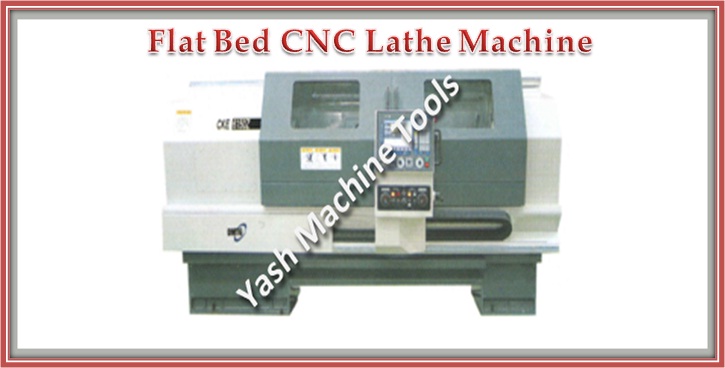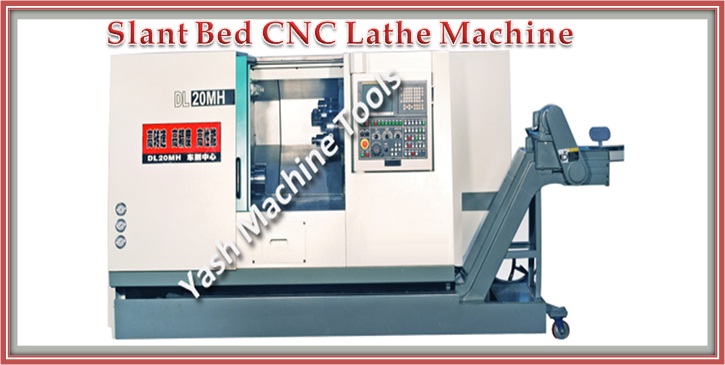The Role of CNC Lathe Machines in Europe’s Automotive Renaissance
The automotive industry is experiencing a renaissance, driven by technological advancements, sustainability initiatives, and changing consumer preferences. In this transformative landscape, Computer Numerical Control (CNC) lathe machines are emerging as pivotal tools that underpin Europe’s automotive renaissance. These advanced machining systems are revolutionizing the production of automotive components, enabling precision, efficiency, and innovation. This article delves into how CNC lathe machines are playing a central role in reshaping Europe’s automotive industry.
Introduction
The automotive industry is in the midst of a transformative renaissance, spurred by a confluence of factors that demand technological evolution and sustainable practices. In this context, CNC lathe machines are emerging as enablers of change, driving precision, efficiency, and innovation in the production of automotive components.
The Automotive Renaissance: A Technological Shift
Electrification and Autonomous Driving
The shift towards electrification and autonomous driving is reshaping the automotive landscape. Electric vehicles (EVs) and self-driving technologies require precision components and intricate designs, placing CNC lathe machines at the forefront of their production.
Sustainable Manufacturing
Sustainability is a cornerstone of the automotive renaissance. Manufacturers are under pressure to adopt eco-friendly practices, from sourcing materials to minimizing waste. CNC lathe machines contribute to sustainable manufacturing by optimizing material usage and reducing energy consumption.
CNC Lathe Machines: Precision in Motion
Complex Component Production
CNC lathe machines excel in producing complex automotive components. From engine parts to transmission elements, these machines ensure the precision and accuracy required for seamless integration and optimal performance.
Intricate Designs and Materials
As automotive designs become more intricate and materials diversify, CNC lathe machines rise to the challenge. They can handle an array of materials, from traditional metals to advanced composites, delivering components that meet exact specifications.
Enhancing Efficiency and Productivity
Reduced Lead Times
CNC lathe machines contribute to reduced lead times, a crucial factor in meeting consumer demands for quicker production cycles. The ability to swiftly produce and replace components enhances overall manufacturing agility.
Quick Prototyping and Iteration
Innovation thrives on iteration. CNC lathe machines enable rapid prototyping and design refinement, allowing manufacturers to experiment with new ideas, test concepts, and swiftly adapt to evolving market trends.
Meeting Electrification Demands
Precision Electric Motor Components
Electric vehicles rely on precision-engineered electric motor components. CNC lathe machines play a pivotal role in crafting these intricate parts, ensuring the reliability and efficiency of electric propulsion systems.
Battery and Charging Infrastructure
CNC lathe machines are instrumental in manufacturing components for EV batteries and charging infrastructure. These machines contribute to the production of battery housings, connectors, and other vital components.
Contributing to Sustainable Manufacturing
Material Optimization and Waste Reduction
Sustainability goals necessitate efficient material usage. CNC lathe machines minimize material wastage through precise cutting, resulting in leaner production processes and reduced environmental impact.
Energy Efficiency
CNC lathe machines are designed for energy efficiency, aligning with the automotive industry’s push towards greener manufacturing practices. Reduced energy consumption contributes to a more sustainable production ecosystem.
Collaborative Innovation in Automotive Manufacturing
Supplier-Integrator Partnerships
CNC lathe machines foster collaborative relationships between suppliers and integrators. This synergy enhances the quality of components, reduces production bottlenecks, and accelerates innovation.
Customization and Localization
The automotive renaissance emphasizes customization and localization. CNC lathe machines enable the production of tailor-made components, catering to diverse market demands and preferences.
Challenges and Future Directions
Skilled Workforce and Training
Realizing the full potential of CNC lathe machines requires a skilled workforce. Training programs and upskilling initiatives are crucial to empower operators and engineers to harness the capabilities of these advanced machines.
Cybersecurity and Data Protection
As manufacturing becomes more connected, ensuring the cybersecurity of CNC lathe machines and associated systems is paramount. Protecting sensitive design data and production processes from cyber threats is a growing concern.
Conclusion
In Europe’s automotive renaissance, CNC lathe machines are more than mere tools-they are driving forces of innovation, efficiency, and sustainability. As the automotive industry embraces electrification, autonomy, and sustainability, these machines play a pivotal role in crafting precision components, reducing lead times, and enabling collaborative manufacturing ecosystems. As manufacturers continue to evolve, CNC lathe machines will remain integral to the journey of reshaping Europe’s automotive landscape, propelling it towards a more technologically advanced, sustainable, and customer-centric future.
- How Lathe Machine Manufacturers are Powering the Nation’s Engineering Growth in Canada?
- How Chamfer Machines Are Streamlining Metalwork in the UK’s Manufacturing Sector?
- How Feed Rate Adjustments Improve Surface Finish in Vertical CNC Milling Machines?
- How Radial Drilling Machines Achieve Low Vibration and Distortion Resistance?
- From Design to Execution: How CNC Press Brakes Ensure Seamless Workflow
- How to Optimize Sheet Metal Operations Using a Hydraulic Press Brake?




